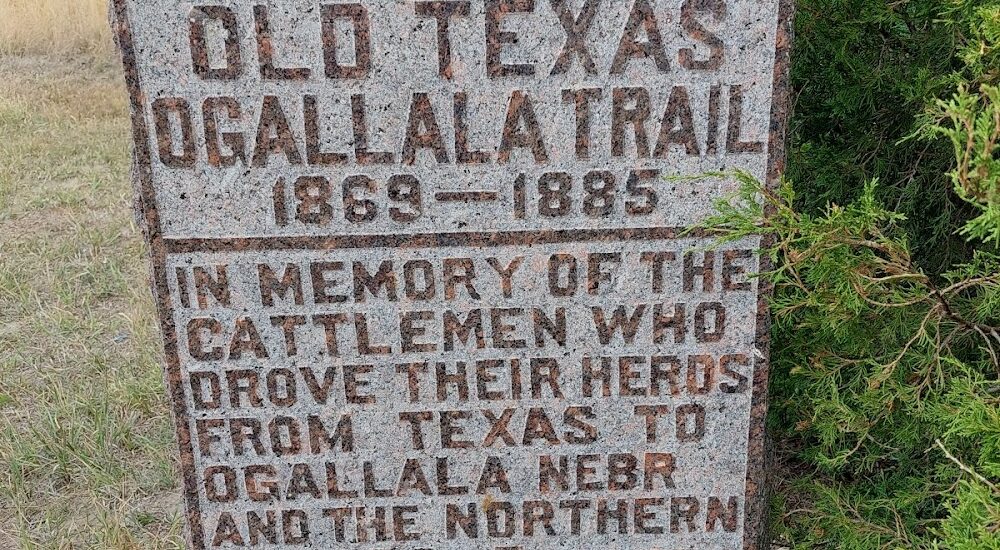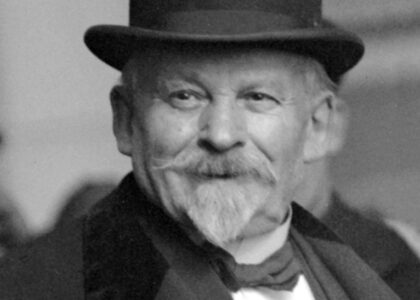Welcome to the Great Western Cattle Trail, a significant landmark in the history of the American cattle industry. Established in the late 19th century, this trail was a crucial pathway for moving vast herds of cattle from the ranches of Texas to railheads in Kansas and beyond. The trail stretched over 2,000 miles, leading cattle north to markets and new pastures in the northern states and even into Canada.
The Great Western Cattle Trail, sometimes overshadowed by the more famous Chisholm Trail, was actually longer and saw more cattle transported over its length. It came into existence due to the efforts of cattlemen like John T. Lytle, who in 1874, blazed a new route from his ranch in Medina County, Texas, to the Red Cloud Indian Agency in Nebraska. Lytle’s journey with 3,500 head of cattle marked the beginning of what would become the most traveled cattle trail in history.
Key figures who played a role in the development and use of this trail include Tom M. McDaniel and other cattlemen who followed Lytle’s path. The trail’s importance grew when the Kansas quarantine law of 1875 redirected the cattle drives away from eastern Kansas, making Dodge City and Ogallala, Nebraska, prominent cattle towns. By 1881, the trail reached its peak with over 300,000 cattle traveling its path.
The trail was not just a route for cattle but a pathway for the cowboy culture, bringing together diverse groups of people, from cowboys and ranchers to Native American tribes. The trail’s story is one of daring and determination, as cowboys faced challenges such as river crossings, thunderstorms, and the vast, open landscapes of the American Midwest.
In more recent years, efforts have been made to commemorate the trail’s historical significance. Starting in 2003, cement markers were placed every six to ten miles from Texas to Nebraska. These markers help preserve the memory of the trail and the pivotal role it played in the cattle industry and the development of the American West.
The Great Western Cattle Trail is more than just a path; it’s a symbol of the American pioneering spirit, a reminder of a time when the open range was a canvas for the dreams and ambitions of countless individuals.






